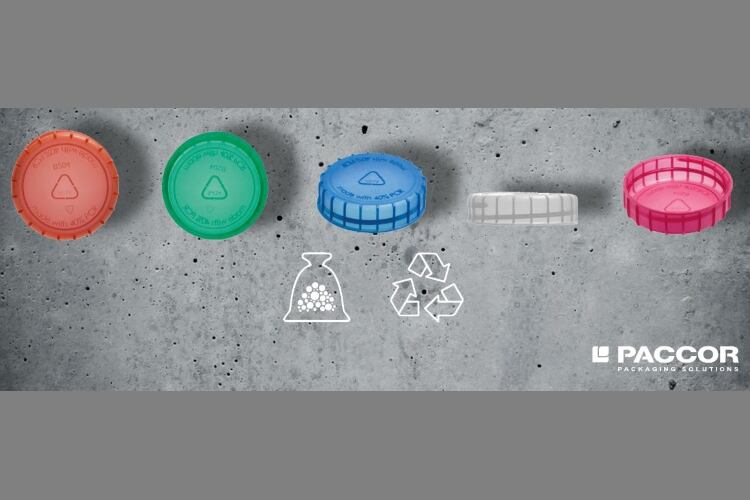PACCOR said this was a challenge due to the different nature of PCR material compared to virgin polymer but was enabled by the company’s CCM (continuous compression molding) technology.
In the UK, about 79% of the HDPE (high density polyethylene) bottles collected are recycled, of which a high percentage are milk bottles. On average, about 15% of HDPE milk bottles in the UK contain up to 30% recycled rHDPE material. Technical advances in the manufacture of these containers have also led to the use of less material, resulting in a lower weight for the same bottle size.
"The rHDPE produced in the UK is under pressure due to availability and demand," said Andreas Schuette, CEO of PACCOR.
"All UK bottle manufacturers are aiming for a minimum share of 30% rHDPE content to avoid plastic tax. However, thanks to our long-term partnership with the supplier, PACCOR has now managed to ensure sufficient material availability and increase the content of the caps up to 40%."
The PACCOR procurement team sourced rHDPE material and the site now produces approximately 45m caps per week. The engineering and technical team tested various extrusion nozzle diameters and cutter holder profiles until a solution was found and trials with up to 40% inclusion rate were successful. Increased machine setup accuracy ensured consistent forming of the cap, with no compromises to customers filling process.
“This development reduces the volume of virgin HDPE used for our closure production by more than 1,000 tons per annum and provides estimated carbon footprint savings of 1.3kt CO2eq per year," Schuette said.
Steve Naylor, PACCOR's head of sales UK and Ireland, said, "There is great interest in our sustainable caps, and we are doing everything we can to meet the strong demand."

